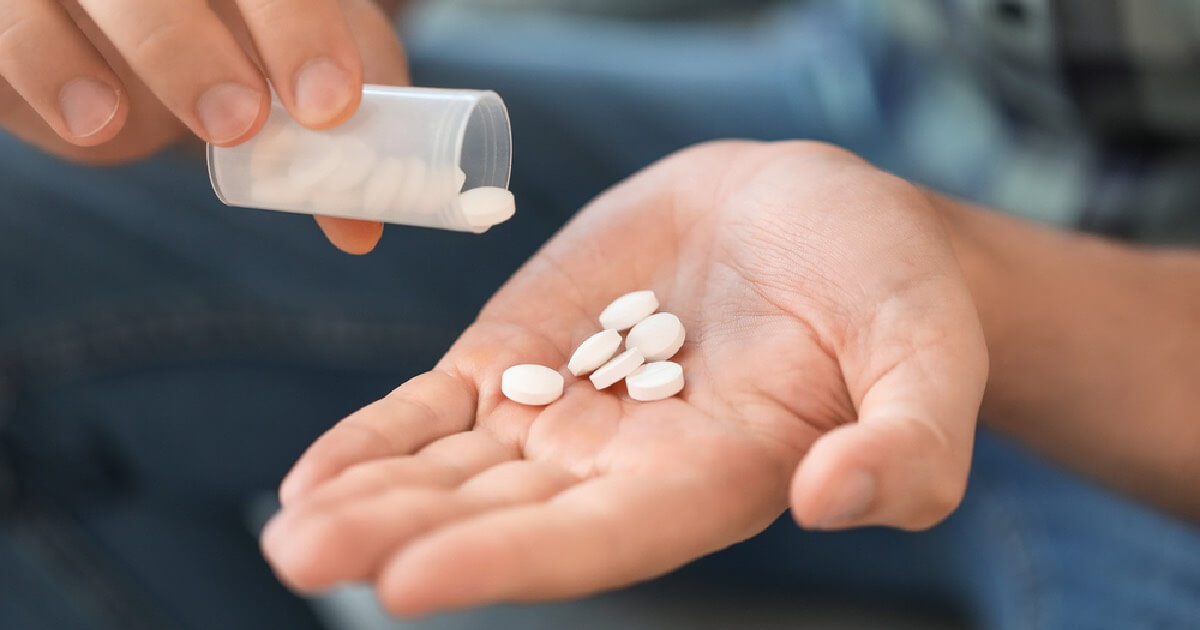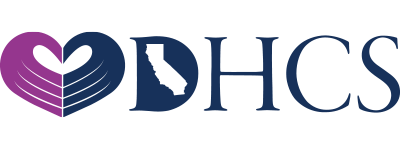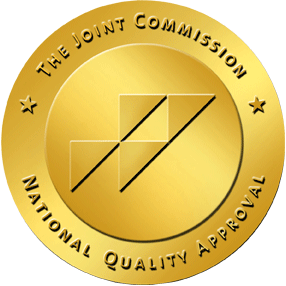Medication-assisted therapy (MAT) is a proven approach for treating substance use disorders, particularly opioid and alcohol addictions. By combining medications with counseling and behavioral therapies, MAT offers a comprehensive treatment plan that addresses both the physical and psychological aspects of addiction. Here’s everything you need to know about MAT and how it can support recovery.
What is Medication-Assisted Therapy?
MAT involves the use of FDA-approved medications in conjunction with counseling and behavioral therapies to treat substance use disorders. The goal of MAT is to provide a “whole-patient” approach to treatment, which helps individuals achieve and maintain long-term recovery.
Medications Used in MAT
There are three medications that have been specifically approved to treat opioid use disorder: methadone, buprenorphine and naltrexone. Methadone is a long-acting opioid agonist that reduces cravings and withdrawal symptoms by acting on the same brain receptors as other opioids but without producing a high. It is administered daily in a clinical setting.
Buprenorphine (Subutex, Suboxone) is a partial opioid agonist that helps alleviate withdrawal symptoms and cravings. It can be prescribed by certified physicians and taken at home, making it more accessible. It also has a lower risk of respiratory depression and overdose than other opioids. Lastly, there’s naltrexone (Vivitrol), an opioid antagonist that blocks the euphoric effects of opioids. It is administered as a monthly injection or a daily pill, used after detoxification to prevent relapse.
Alcohol use disorder (AUD) can also be treated with various medications. Disulfiram (Antabuse) causes an adverse reaction when alcohol is consumed, deterring individuals from drinking. Naltrexone reduces the pleasurable effects of alcohol and decreases cravings, while acamprosate (Campral) helps stabilize brain chemistry disrupted by alcohol dependence, reducing withdrawal symptoms and cravings.
How MAT Works
MAT works by normalizing brain chemistry, blocking the euphoric effects of alcohol and opioids, relieving physiological cravings and normalizing body functions without the negative effects of the abused drug. This balanced approach allows individuals to focus on recovery and engage more effectively in therapy. Anyone who is starting recovery from an alcohol use disorder or opioid use disorder can benefit from MAT as part of their comprehensive treatment plan.
Benefits of MAT
There are many advantages to MAT. Perhaps most important is that it leads to improved treatment retention rates. Individuals receiving MAT are more likely to stay in treatment programs and complete them. MAT also reduces cravings and withdrawal symptoms, which are major triggers for relapse.
Another benefit to MAT is that it lowers the risk of overdose. Medications like methadone and buprenorphine reduce the likelihood of overdose by providing a safer alternative to illicit opioids. With the support of MAT, individuals are able to stabilize their lives, improving their ability to work, maintain relationships and participate in society. They also have an enhanced quality of life with improved mental and physical health.
Counseling and Behavioral Therapies in MAT
MAT is most effective when combined with counseling and behavioral therapies. These therapies address the psychological aspects of addiction and help individuals develop healthy coping mechanisms and strategies for long-term recovery.
The types of therapies that complement MAT best are:
- Cognitive Behavioral Therapy (CBT): Helps individuals identify and change negative thought patterns and behaviors.
- Motivational Interviewing (MI): Enhances motivation and commitment to change.
- Contingency Management (CM): Uses positive reinforcement to encourage sobriety.
- Group Therapy: Provides peer support and helps individuals learn from others’ experiences.
- Family Therapy: Involves family members in the recovery process to address family dynamics and support systems.
Challenges and Misconceptions
While there are many benefits to MAT, there are still misconceptions about the therapy. For instance, one of the biggest challenges is the stigma associated with using medications to treat addiction. Many people mistakenly believe that MAT substitutes one addiction for another. However, the medications used in MAT are carefully controlled and designed to support recovery. Individuals are able to lead normal, productive lives while on these medications, which is not the case with other substances.
Another drawback is that access to MAT can be limited due to geographic, financial and regulatory barriers. Expanding access to certified providers and reducing barriers to treatment are crucial for making MAT more widely available. But for now, MAT can still be difficult to access, and many treatment centers do not offer it.
Finally, ensuring that individuals adhere to their medication regimen and attend therapy sessions is vital for the success of MAT. Regular monitoring and support from healthcare providers can help maintain compliance, but ultimately, the individual must be willing to play an active role in their treatment.
Conclusion
Medication-assisted therapy is a vital component of a comprehensive treatment plan for substance use disorders. By combining FDA-approved medications with counseling and behavioral therapies, MAT addresses the full scope of addiction, helping individuals achieve and maintain recovery. Despite challenges and misconceptions, MAT has proven to be an effective and life-saving approach to treating addiction. To learn more MAT and how it can support your recovery, contact Pura Vida Recovery today.





